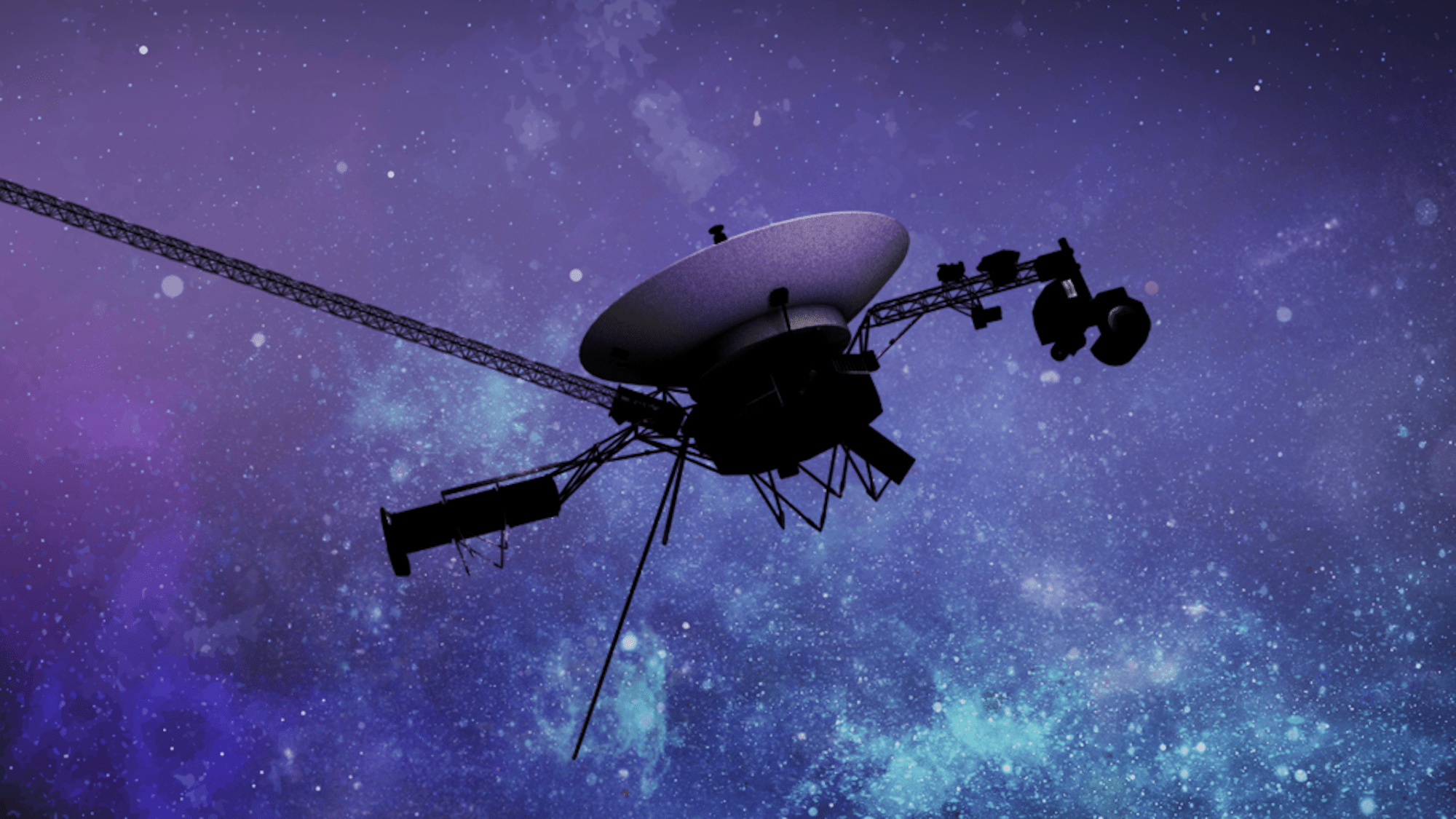

NASA intends the Voyager program to continue its historic exploration for at least another few years. But after nearly half a century and billions of miles of cosmic travel, the pair of space probes aren’t the young, spry technological wonders they were back in 1977. Repairs are to be expected, as was the case earlier this year when NASA beamed a pair of software patches out to both Voyager 1 and 2. Earlier this week, however, NASA confirmed the detection of a new issue—while this one only reportedly affects Voyager 1, its engineering team is already at work finding a solution to coax a bit more life out of the record-breaking endeavor.
On December 12, NASA announced an issue within Voyager 1’s flight data system (FDS), one of the spacecraft’s three onboard computers. Although the probe can receive and carry out engineers’ commands, the FDS is currently unable to use its telemetry modulation unit (TMU) subsystem. Without this line of communication, Voyager 1 can’t transmit its engineering and science data back home.
[Related: Voyager probes get virtual tune-up to keep decades-long missions going and going.]
Although the TMU is designed to send data packages to Earth through simple binary code, it’s now “stuck” repeating a single pattern. NASA reportedly attempted the classic “turn it off and on again” IT trick, but to no avail.
According to the agency on Tuesday, it may take “several weeks” for a new potential solution to materialize. This is largely due to the fact that the Voyager program has continued chugging along far past its original lifespan estimate. Any remedies to these sorts of issues likely involves delving into decades-old documents penned by NASA engineers, people who had no way of knowing back in 1977 just how much further the probes would travel past Jupiter and Saturn. NASA also reminded everyone in its news update that, unlike near instantaneous texting between pals on Earth, it takes about 22.5 hours for signals to reach Voyager 1. That means it takes roughly two days minimum to assess the efficacy of any potential remedy.
Regardless of the current issue’s outcome, Linda Spilker, a project scientist for the Voyager program, knows there will inevitably come a day when Earth bids a final adieu to the little spacecrafts that could.
[Related: How is Voyager’s vintage technology still flying?]
“We’ve been able to resolve so many Voyager issues in the past but these are old spacecraft and we know that they can’t last forever,” she writes. “Voyager’s original mission was only four years long and we have certainly outlasted those early expectations.”
“The Voyager mission has transformed the way we look at our own solar system, from the planetary flybys of Jupiter, Saturn, Uranus and Neptune, to now exploring interstellar space, a place where no spacecraft has flown before,” Spilker continued.
“We realize that Voyager means a lot to people and we are doing our best to keep them going for as long as possible.”
